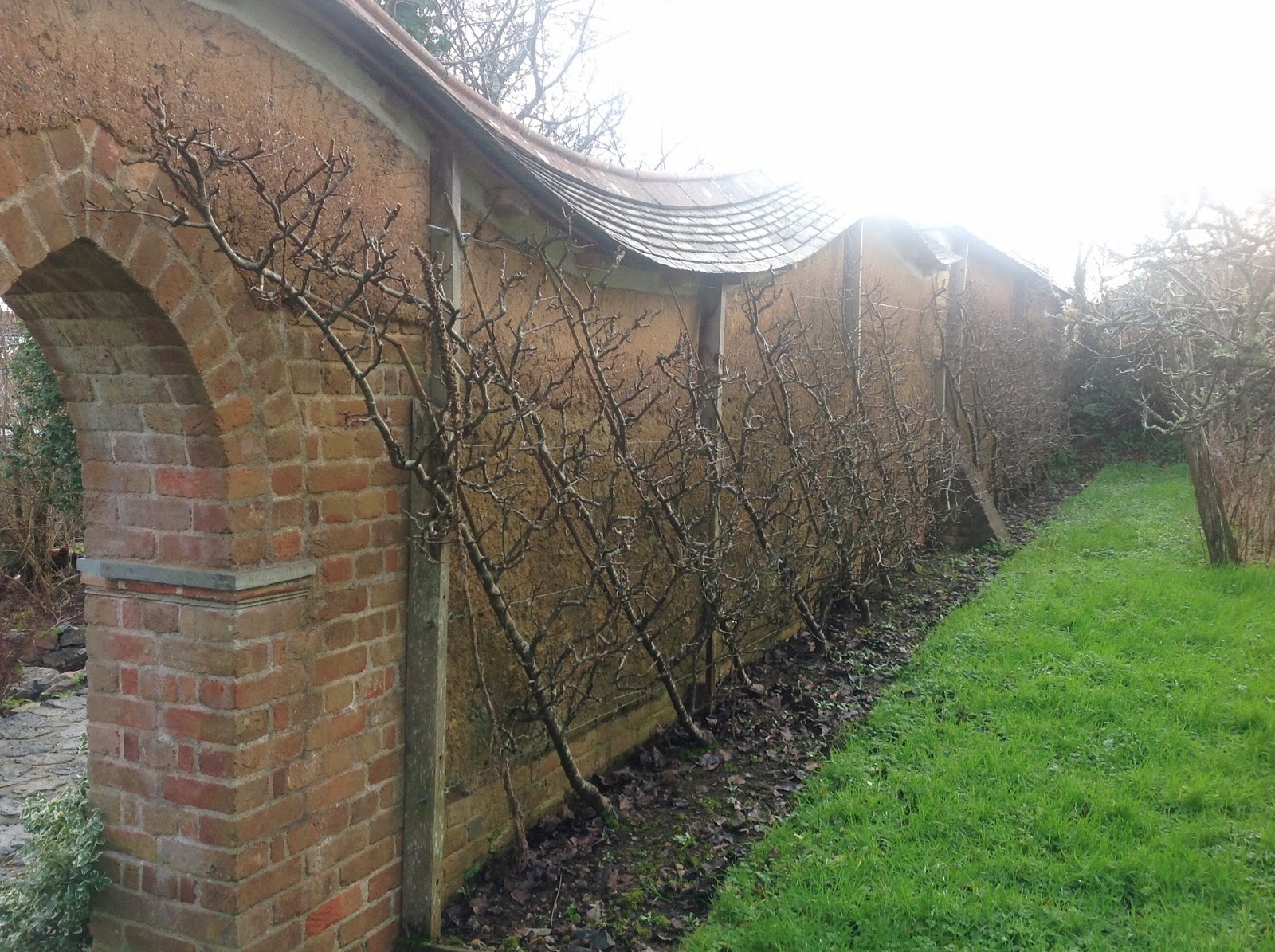Location: South Helford, Nr Helston,
Cornwall TR12
Contact
No.: 01326 221 339
Matt's
involvement in design and building is from a landscape background. He has connections with Green Build Hub at
the Eden Project (http://greenbuildhub.info) and Cornwall Sustainable
Building Trust (http://csbt.org.uk).
Landscape
is his priority when it comes to building, supported ideally by using locally
sourced materials and environmentally responsible services. For example when it comes to sourcing timber,
Matt would rather use local sawmills where he has established a long
relationship with an individual than rely on an abstract system of
certification, like the Forest Stewardship Council (http://www.fsc-uk.org).
He would far prefer to support local people and local businesses
in his landscape projects (i.e. rural Cornwall and Devon) than international
trade. Using and working with thatching
is another example, seeing as it would support the local fields.
The usual
format is for the client to approach Matt, and then set the tone, which could
be by stating a wish for 'a greener
house'. There are many options to enable
this sustainably. Matt's style would
differ from for example, 'Passive House' (http://www.passivhaus.org.uk), although he supports the
principles of attaining a low ecological footprint, he feels this approach is
far more processed, often using complex operating systems compared to the
sustainable solution that Matt can offer.
The current focus on thick insulation has led to trends in controlling
the environment without normal variability, and he postulates that this is
perhaps out of synchrony with normal seasonal change. Matt proposes the notion that the fabric of a
house can influence behaviour of it occupants, and will ensure that it is
design that is favoured over building physics for his sustainable building
projects.
In
essence, he favours low technology with high aesthetics. Techniques that were traditionally once the
common standard in the building industry have become less common now favouring
those of mass production and technology at lower economic cost. As environmental concern rises, the search
for a 'greener' way of doing things does so with it. Cob walls and thatching are just two such
examples. However, a sustainable build
to this specification can be labour intensive.
It is therefore important that the expectation and cost implications of
clients seeking a 'green home' building project utilising Matt's expertise are
addressed.
The
Building Research Establishment (BRE) has a Code for Sustainable Homes (http://www.breeam.org/page.jsp?id=86) as a recommended standard that
provides a framework for quantifying sustainability of a building. To this effect, Matt is also qualified
assessor.
He works
predominantly with building structure and materials, with emphasis on wood and
earth where possible. The materials used
are what he terms vernacular, being natural, beautiful and simple. The utilisation of light is also a current
interest and demonstrated in his design and craftsmanship. He speaks of the phenomenology of building,
comparing the visual impact versus the 'feel' of a building. Taking a cob wall as an example, the evidence
of human workings on the cob exterior can be clearly seen. However, being around it can also involve
other non-visual senses. To 'arch beauty
in a minimal way'.
He is
currently involved with at least 15 projects ranging from community projects,
private extensions, greenfield site homes and the fascinating interfaith centre
(www.dorkemmyn.org.uk).
This charitable project is seeking funding for construction at the
County's Penmount Crematorium site 2 miles north of Truro, Cornwall. The plea here is to get involved!
A walk
around his workplace and surrounds reveals a cornucopia of craftsmanship and
completed projects. Utilisation of local
materials, fine workmanship, attention to detail and sustainable methodology is
evident.
 |
| Sinuous slated cob wall with row of pear trees. |
 |
| Diamond slate valley as a way of doing the 45 degree junction. This would be lead or glass fibre today. |
 |
| Interest is in the markings on cob walls as evidence of low technology, demonstrating character in the construction. |
 |
| Lesson in how to resolve polygons, adding in a lantern effect, and the foundations behind the concept of further work in radial building and later experience. |
 |
| A landscape window, understanding in an unrefined state. Materials that can slightly move twist or warp, in contrast to machined processed ones eg chipboard. |
Acknowledgements
Thanks to
Paul Bright from Cornwall Sustainable Building Trust and Matt Robinson for
enabling this visit.
Terms
and Conditions of Use
All
content provided on this Seymour Green blog is for informational purposes
only. The owner of this blog makes no
representation as to the accuracy or completeness of any information on this
site, document or any page found by following any link on this site.
Written
in the UK, covered under British Media Law.


.JPG)









No comments:
Post a Comment